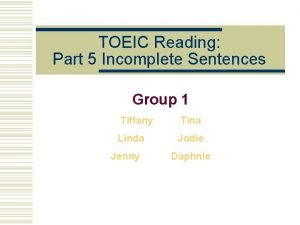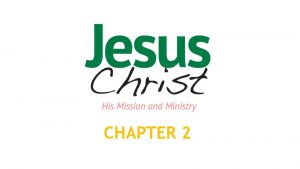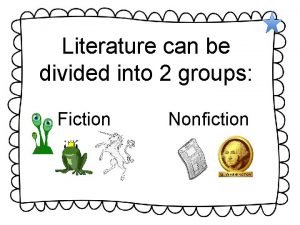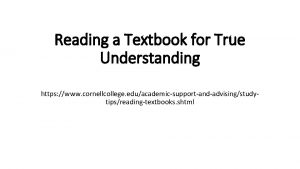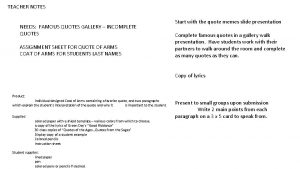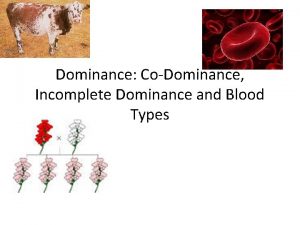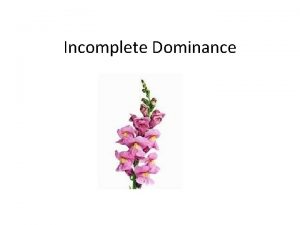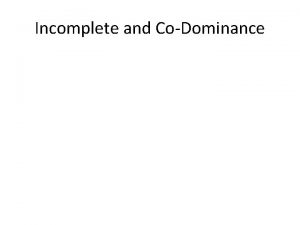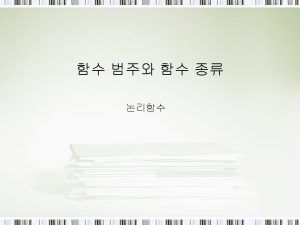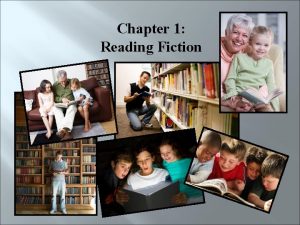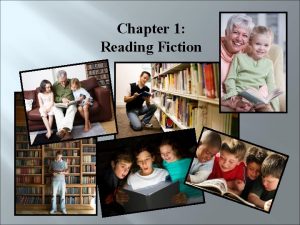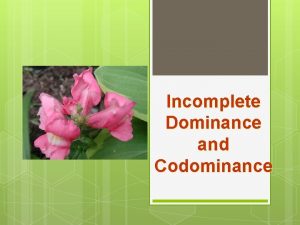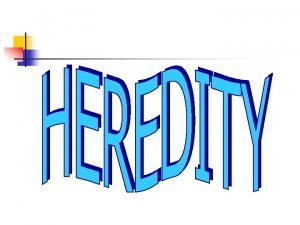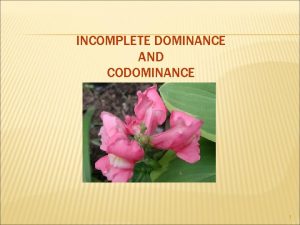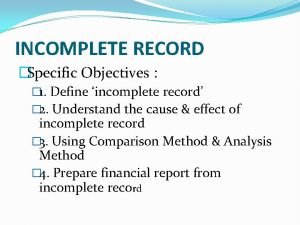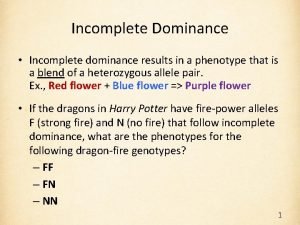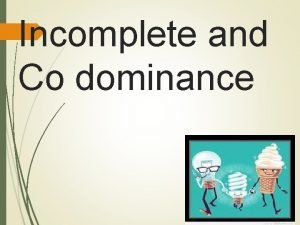Reading Fiction Fiction is true Fiction is incomplete


















- Slides: 18

Reading Fiction • • • Fiction is true. Fiction is incomplete. Fiction is complex. Fiction is dangerous. Fiction is fun.

Elements of the Short Story

• Identify the following short story elements in your own story…

Characters • Protagonist: The main character in a story. • Antagonist: The character who struggles with the protagonist.

Setting • Includes elements of both place and time.

• Conflict: There are many different types of conflict. Four common are: • Character vs. character • Character vs. society • Character vs. nature/environment • Character vs. self

Plot • The series of incidents that produce a dramatic story with a beginning, middle and an end.


Specific Stages of Plot • Introduction: Short stories typically begin by disclosing some information about character and/or setting that will set the background for some type(s) of conflict.

• Complicating Incident: An event or series of events occur that involve one or more types of conflict. “Drama” begins with the complicating incident. • Rising Action: Further conflicts, subsequent to the complicating incident, occur, usually to the protagonist, creating more drama and suspense.

• Climax: The rising action builds up to the climax, which is the most suspenseful moment or the height of the action in the short story.

• Denouement: When the story is being concluded, the author ties up any loose ends. Often, elements such as theme will become evident in the denouement.

• Atmosphere/ Mood: The overall emotional impression of a short story. The author creates atmosphere/ mood by creating a strong sense of place and time.

Theme • Often, the reason an author writes a short story is to make some philosophical point about life. This central or controlling idea in a story, which can sometimes be quite subtle, is known as theme.

Title • Short story writers need to make every word count, including those in the title. Look for clues to a story’s plot, mood, atmosphere or theme.

Analyzing Short Stories: Fiction Organizer Characters Point of View Setting Title Plot Style Theme

Point of View • The perspective from which a story is told. • Can you remember the different types of point of view?

Making connections • • • I wonder why… I think… I can relate to this because… What caused… This is similar to… This reminds me of…
 Pre reading while reading and post reading activities
Pre reading while reading and post reading activities Toeic part 5
Toeic part 5 102 dr
102 dr Chapter 2 jesus christ true god and true man
Chapter 2 jesus christ true god and true man Non-fiction elements
Non-fiction elements Contemporary realism literature
Contemporary realism literature Realistic fiction
Realistic fiction It is a genre of speculative fiction
It is a genre of speculative fiction Reading a textbook for true understanding
Reading a textbook for true understanding Reading strategies edb
Reading strategies edb St. louis
St. louis Reading is an active process
Reading is an active process What are the aims of teaching reading
What are the aims of teaching reading What is intensive reading
What is intensive reading Real definition of extensive reading
Real definition of extensive reading Reading skills types
Reading skills types Style of reading
Style of reading Incomplete quotes
Incomplete quotes Incomplete dominance punnett square
Incomplete dominance punnett square

